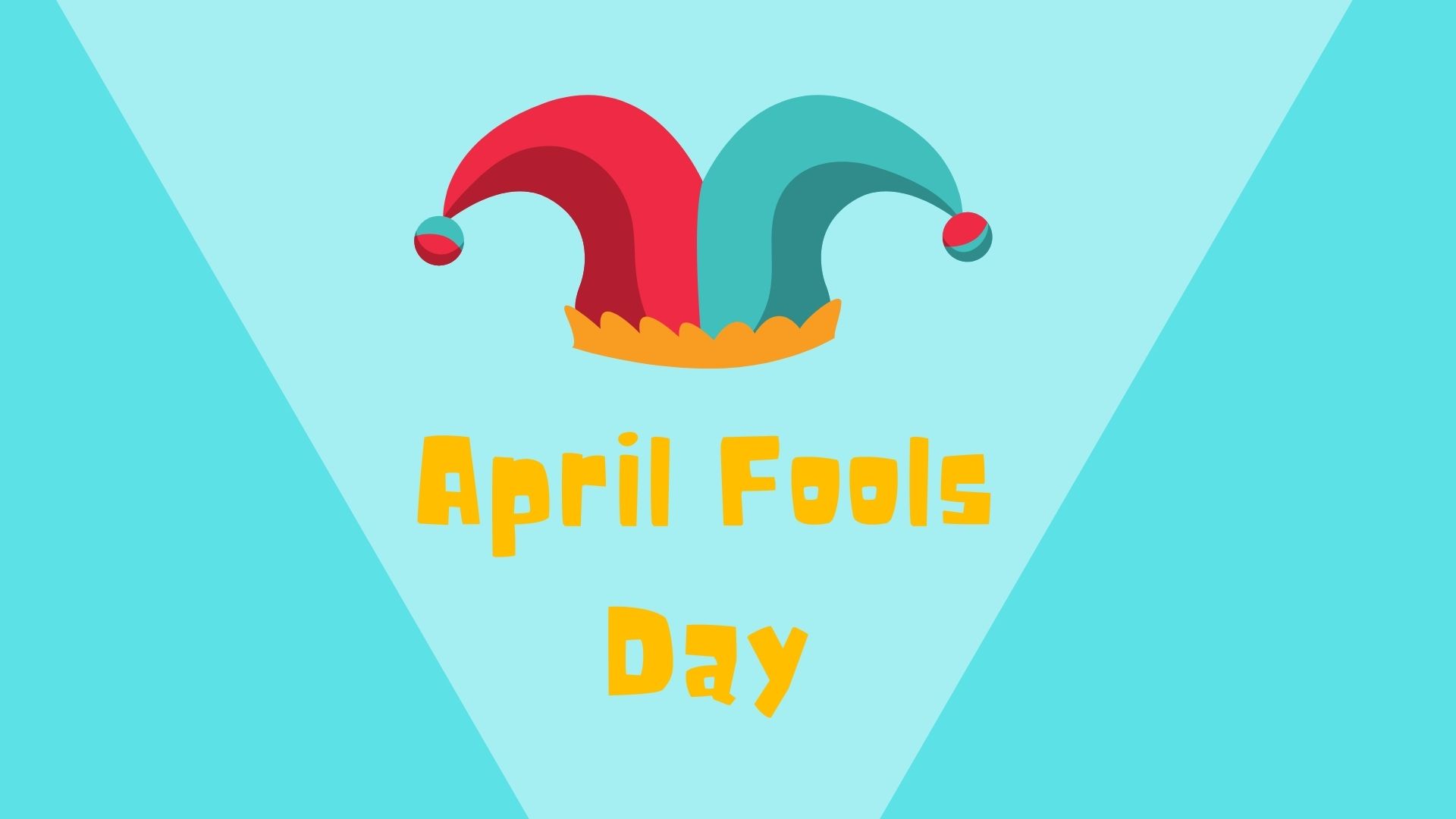On the first day of April each year, many of us celebrate April Fools’ Day. But what is the origin of this tradition? Celebrated for several centuries by many cultures, the exact origin of the event is a mystery.
Some historians believe April Fools’ Day pranks date back to France in 1582, when the French switched from the Julian calendar to the Gregorian calendar, as called for by the Council of Trent. This moved the start of the new year from April 1st to January 1st. Some folks were slow to catch on and continued to celebrate the new year on April 1st, becoming the butt of jokes and hoaxes, and were called “April fools”.
Other historians link the day to festivals such as Hilaria (Latin for joyful) which was celebrated in ancient Rome at the end of March by followers of the cult of Cybele. The festival involved dressing up in disguise and mocking fellow citizens and officials.
There are some who believe the day is tied to the vernal (spring) equinox, when Mother Nature teases us with the very changeable and unpredictable weather we experience in early spring.
April Fools’ Day celebrations spread throughout Britain in the 18th century. In Scotland it became a two- day event, beginning with “hunting the gowk (cuckoo bird)” – sending people out on phony errands, and Tailie Day which involved pranks on peoples’ backsides, like hanging tails or signs on them that read “kick me”.
In more modern times, media pranks have garnered much attention. In 1957, the BBC reported on Swiss farmers harvesting a record spaghetti crop, complete with pictures of people gathering noodles hanging from trees. In 1996, the Taco Bell restaurant chain announced it had agreed to purchase the Liberty Bell and intended to name it the Taco Liberty Bell. In 1998, Burger King advertised the left-handed whopper.
So, with April Fools’ Day just around the corner, keep an eye out for those pranks!

